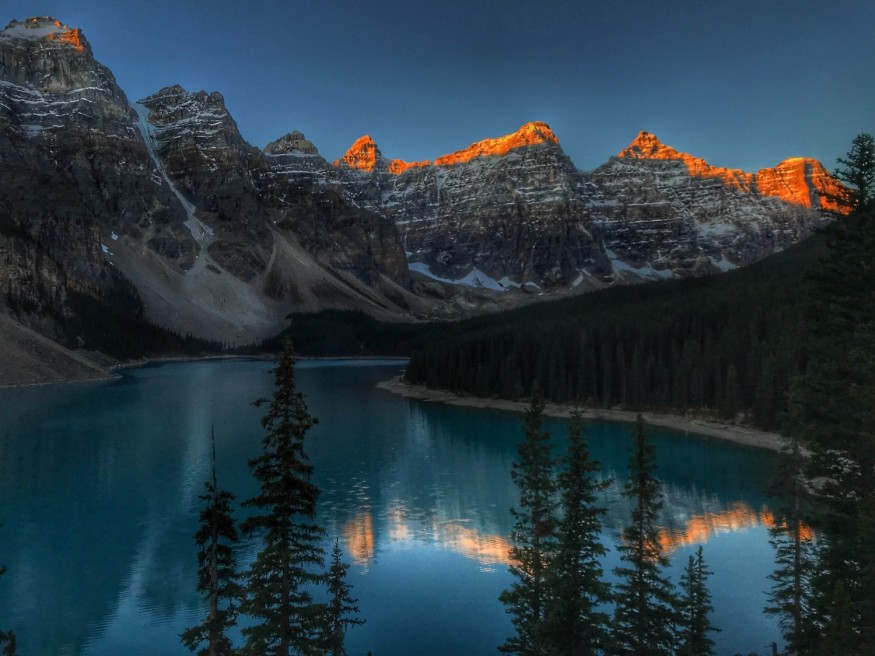Scientists are on alert after Greenland last week witnessed one of its worst ice melts in recorded history. Approximately billion of tons of water each day were lost in the prolonged in the Northwest coast of Greenland. Reports indicate the amount of water from the ice melt is enough to put West Virginia, United States, under a foot of water.
The natural event came as warm temperatures enveloped the country and a heat wave is prevailing in multiple regions across the Earth's Northern Hemisphere, including Europe and the United Kingdom. The extreme heat over the continent for more than a week had yield to wildfires in some countries like Spain, Portugal, and Greece.
Mountain glaciers under the hemisphere have also been reported to be at risk of melting amid the continentwide heat dome. In this context, Greenland is also at risk renewed risk of the extreme weather event and could cause a cascade of disaster since the island country contains a vast deposit of frozen water enclosed in its melting glaciers.
In recent years, climate change through ocean warming has threatened the Greenland ice sheet, as part of the rapid melting of the Arctic waters and other parts of the world, as seen in previous studies and reports. The natural hazards brought by the climatic factors are not only confined to environmental repercussions but also a threat animal in the Arctic and their natural habitats.
Greenland's Melting Glacier

Greenland's ice melt was triggered by several days of "unusually warm weather" in the northern part of the country. This resulted in rapid melting as evident by incidents of river meltwater rushing into the ocean. Above average temperatures were recorded for this time of the year, with 60 degrees Fahrenheit warmer than normal, scientists told CNN.
Between July 15 and July 17 alone, 6 billion tons of water were lost due to the ice melt in the nation.
Scientists claim that natural event is not normal, even if climate change has already taken a toll to some of the world local or regional weather and climate.
Climate Crisis: Global Sea Level Rise
The melting glaciers of Greenland are one of the main contributors of the global sea level rise in the context of the ongoing climate crisis.
An improved understanding of the impact of ocean warming to glaciers could be used by communities worldwide in the future.
This can enable them to be more well-prepared when it comes to potential flooding and other related disasters, according to the National Aeronautics and Space Administration (NASA), which also user its satellite to monitor the ice loss.
Since 1880, the global sea level has risen by eight to nine inches (21 to 24 centimeters). This is according to an April 2022 report of the National Oceanic and Atmospheric Administration (NOAA), which also acknowledged that the rate of sea level rise is accelerating more than double each year.
Related Article : Landslides Can Influence Glacier Melting and Glacier Movement: New Study
© 2025 NatureWorldNews.com All rights reserved. Do not reproduce without permission.





